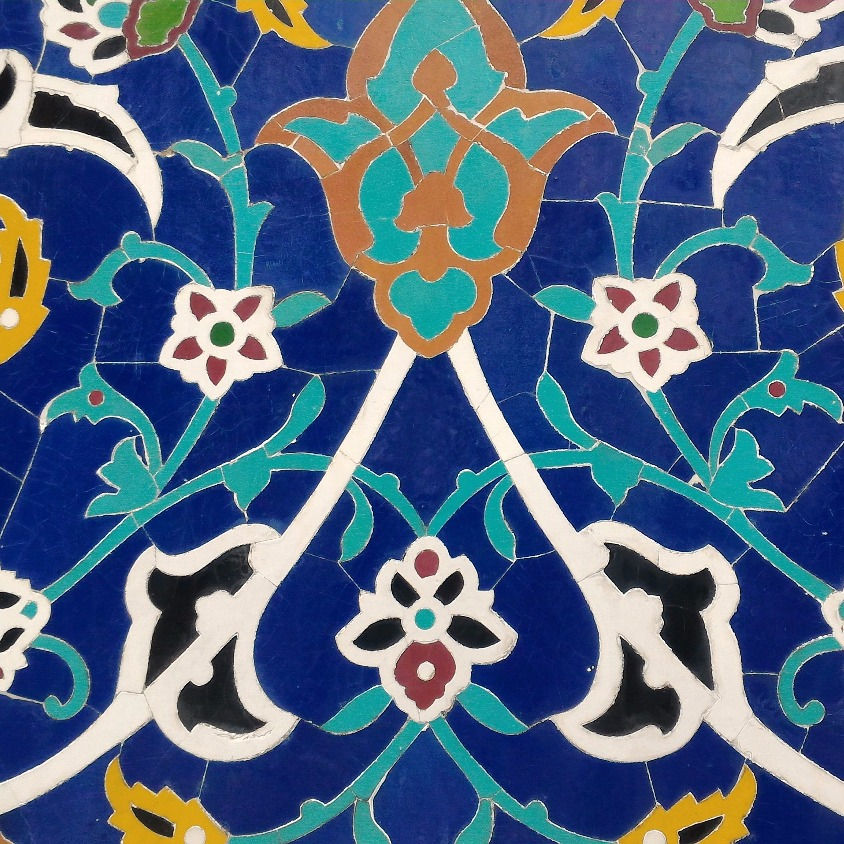A trip to the Islamic Arts Museum!
- Liberty Woon
- Feb 11, 2017
- 3 min read
Updated: Dec 6, 2021
Introduction to Photography

This is the first class trip I have been in my study at Taylor's! I get to visit the Islamic Arts Museum in Kuala Lumpur yesterday (Wednesday) and look at the intricate designs of the museum. I am indeed fascinated.




After a brief sight seeing around the museum, I attended a talk by Yang Mulia Raja Mohd Zainol Ihsan Shah. Wow, it's such a great opportunity getting to meet a royalist in person! This talk is about how to define modern photography in the context of Malaya. YM Raja Ihsan talked about the perks of photography in the 1990's where photography was very expensive back then and was only for the privileged. Developing films at that time had to go all the way to Australia and it took months before one gets back the developed films!
YM Raja Ihsan also said the source of the photographer is important but hard to get. Because of the war that took place in Malaya, many photos have been destroyed and there are not much information in the archives. This makes him treasure the remains of the photos taken around that era, especially Sultan Ismail's works.
In this talk, I learn 2 new vocabulary - pictorialism and straight photography. Pictorialism is a style and aesthetic movement that dominated photography during the later 19th and early 20th centuries and consist of photos that look like real paintings. The photos are blur as the equipment at that era was not so advance yet. After the era of pictorialism, a new era emerges, named straight photography. Instead of taking horizontal and blur pictures, vertical, sharp focus and highly detailed pictures were taken, such a the photos now we have today.
After giving us a briefing of the historical background of photography in Malaya, YM Raja Ihsan started introducing to his role model, Sultan Ismail and described him as a mysterious guy because he seldom appear in the photography club he joined as a member and nothing much is known about him. Sultan Ismail loves to shot rural areas, and that's why he is well known amongst photographers in Malaya. In the era of innovation, many shot pictures of urbanization and development, but for him, he choose to use pictures as a message to bring people to the realization of rural areas that still needed attention.
I love the idea how Sultan Ismail looked beyond the aesthetic of photography into the message of photography.
After the talk, we get to visit the gallery of Sultan Ismail, where all his works and equipment used are displayed. There are two equipment which caught my attention, the photo oil (which I have no idea it ever existed) and the films.

Due to my interest in art painting, I'm immediately drawn to this set of photo oils! It looks like a children DIY plaything! It is my first time knowing that photographs back then are manually painted to show colours.

This films reminds me of the films I have locked safely in the albums of my childhood days!
After the gallery, our lecturer wanted us to choose one of the photographs in the gallery which we personally liked the most and describe why.
Exercise 3: BEST LIKED PHOTO IN THE GALLERY

Lonely Cloud. Kyoto, Japan. (1971)
By Sultan Ismail Nasiruddin Shah
I like this photo because it is taken at the right moment. I wonder how long did Sultan Ismail waited for this single cloud to appear in the middle out of nowhere with such a clear blue sky. It is taken right in the middle of the picture on top of a roof, wow!
As I looked at this photo, I realized that this picture is a self portrait of Sultan Ismail. The lonely cloud depicts him so well as Sultan Ismail is known as a mysterious guy and works alone. The title with the word "lonely" shows me how Sultan Ismail had felt, lonely and alone throughout his journey in photography.
As I looked at this photo pondering about the title, I felt a sudden gloom around me. Although the sky is clear and blue, that little cloud kind of forecasted a storm, as if a small cloud is above Sultan Ismail's head that time. Well, what is Sultan Ismail worrying about? The mystery still remains...
